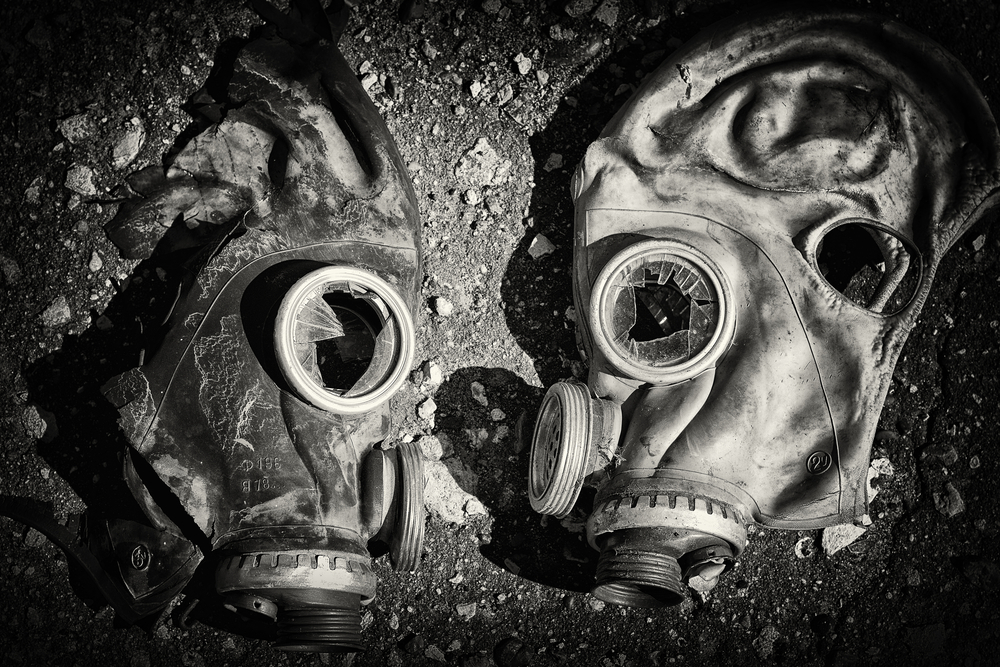
The Defense Advanced Research Projects Agency’s (DARPA) new developmental field-deployable, chemical warfare agent-scrubbing system successfully demonstrated that it can safely neutralize more than 99.9999 percent of toxic chemicals simulating sarin, soman, and mustard agents from soil without creating any hazardous by-products.
The new technology was developed under DARPA’s Agnostic Compact Demilitarization of Chemical Agents (ACDC) program.
The soil-scrubbing technology was tested along with the U.S. Military Service’s Tactical Plasma Arc Chemical Warfare Agents Destruction System (PACWADS), which uses high-temperature plasma to convert highly toxic chemicals into safer compounds. It then uses a water-based capture process to eliminate all traces of contaminants.
For the recent demonstration, PACWADS’s water-capture system was replaced with the new soil-scrubbing system and successfully converted toxic agents and associated toxic gasses into non-hazardous salts. DARPA said this system reduces the burden of transporting water to remote sites.
The agency said it plans to continue developing new approaches for destroying chemical agents that would be simpler and more economical than the PACWADS plasma torch.
“We were very impressed with fast work by DARPA-supported researchers to develop the soil-based scrubber to test with the PACWADS,” DARPA Program Manager Tyler McQuade said. “These successful tests validated a critical component of the ACDC concept—a water-free, non-hazardous, soil-based process for onsite destruction of deadly chemicals. We now look forward to testing the ACDC scrubber with the PACWADS against actual chemical warfare agents in the coming months.”

